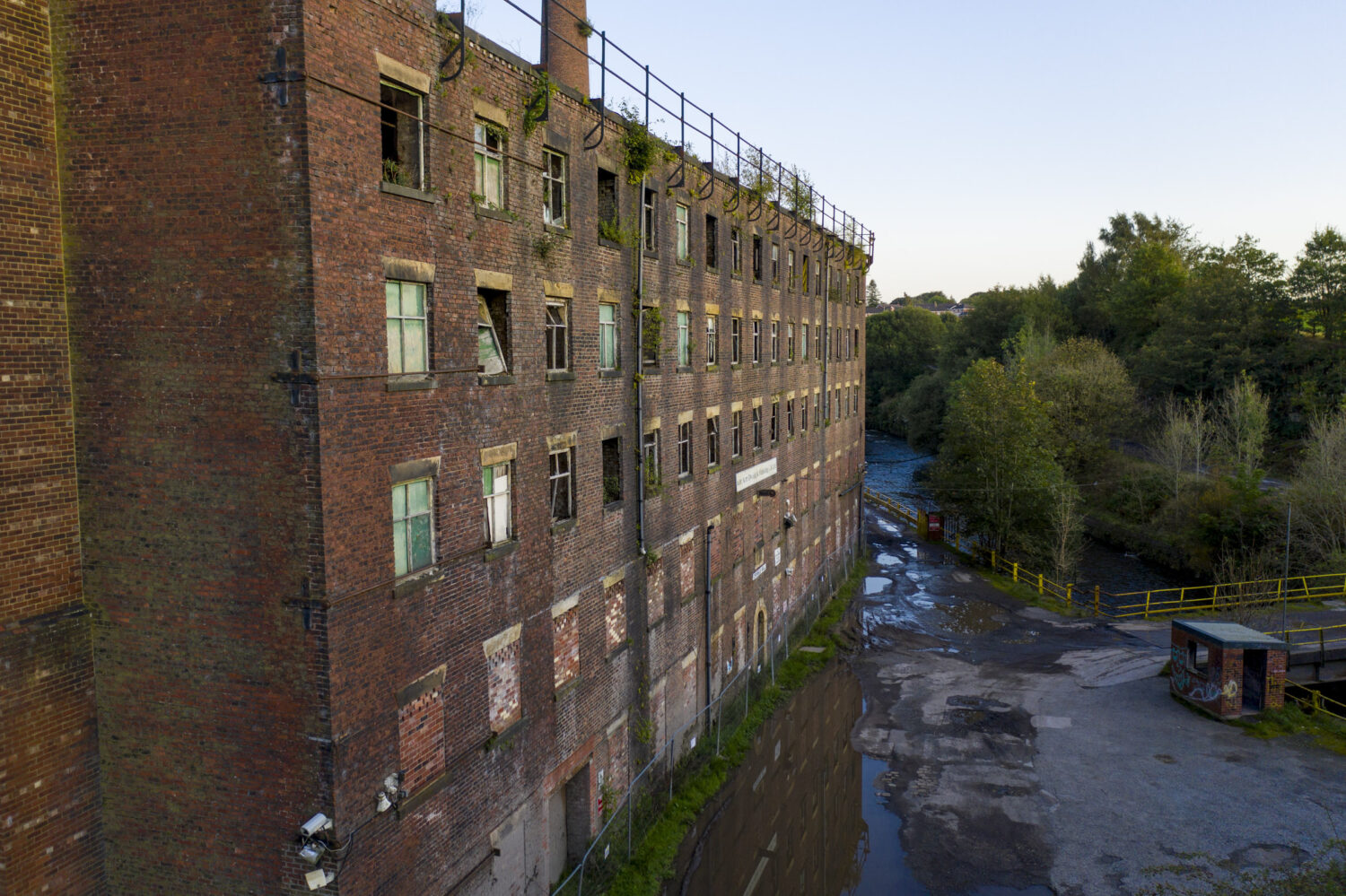
A Part 2A site is one that is legally designated as “Contaminated Land” under Part 2A of the Environmental Protection Act 1990 in the UK. It is classified as having “Significant Potential for Significant Harm” (SPOSH) to human health or the environment due to contamination/pollution.
The designation of a site under Part 2A would involve a thorough investigation by the regulatory authorities (Local Planning Authority and the Environment Agency) to identify and assess the extent and severity of contamination, along with potential risks. In reality, there is a low probability of such an investigation, given that there is limited resource or political appetite for such an undertaking.
Planning approval and satisfaction of the requisite conditions relating to potential pollution risk necessitates that a site poses “no unacceptable risk” of potential harm to critical receptors (e.g., human health, the environment) resulting from the proposed development or land use changes.
During the planning process, potential contamination/pollution risks are considered in the context of the proposed development. The focus is on ensuring that the development’s impact is acceptable and does not present any unacceptable risks to receptors.
The remediation requirements during the planning process are focused on addressing any contamination related to the proposed development. The objective is to ensure that the development proceeds safely and that any potential risks are minimised to an acceptable level for the planned land use. This remediation requirement also ensures that there is no risk to groundwater receptors or the wider environment.
Mitigating Part 2A Designation:
Successfully developing and implementing a remediation strategy through the planning process will mitigate the risk of future Part 2A designation. When the regulatory authorities approve the risk-based assessment and remediation strategy, and it is effectively executed and validated through the planning process. In that case, the site’s contamination issues should be adequately addressed, reducing the potential for Significant Potential of Significant Harm (SPOSH).
The investigation and assessment of sites under Part 2A is incredibly resource-intensive for regulatory bodies. Therefore, the focus has shifted towards addressing contaminated sites through planning to ensure they are remediated appropriately as part of development projects.
In summary, a Part 2A site is one that is legally designated as contaminated and poses significant potential for significant harm (SPOSH). Planning approval, on the other hand, requires that the proposed development poses no unacceptable risk of potential harm. Successfully developing and implementing a remediation strategy through the planning process will mitigate the risk of Part 2A designation, as the contamination issues are addressed to an acceptable level for the intended land use.
Construction projects are fundamental to the progress and development of our towns and cities. However, these projects can often come with a downside: noise pollution and increased vibration levels. Both noise and vibration can disrupt nearby residents’ daily lives, causing annoyance and even damage to property. The good news, E3P can support you by providing […]
READ MORE